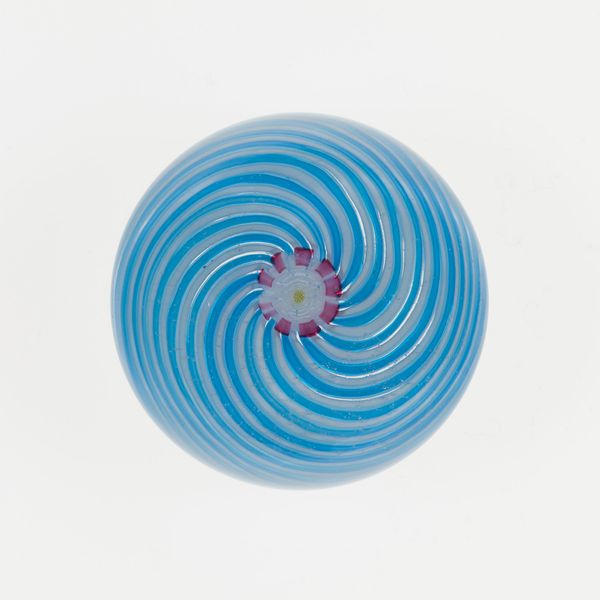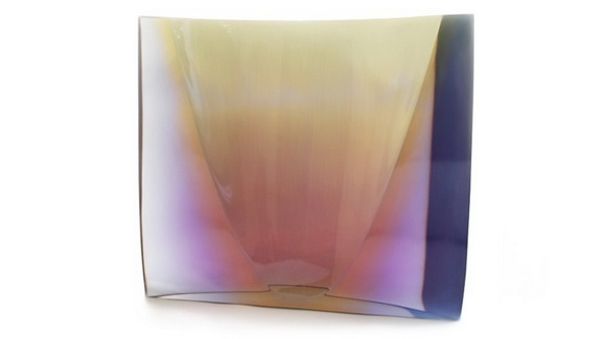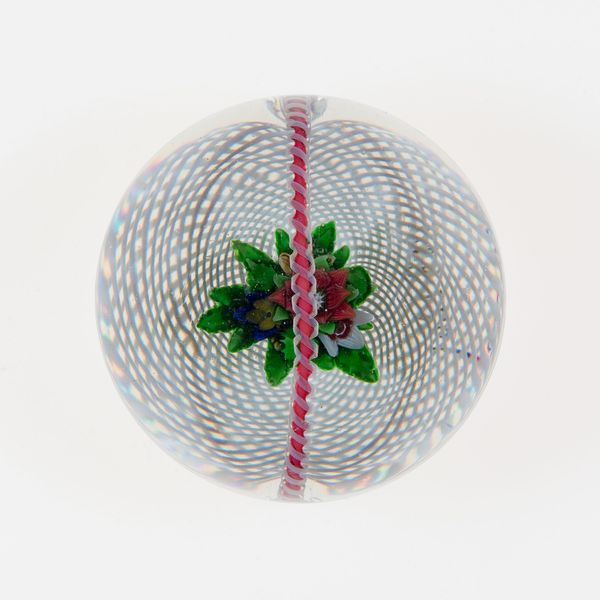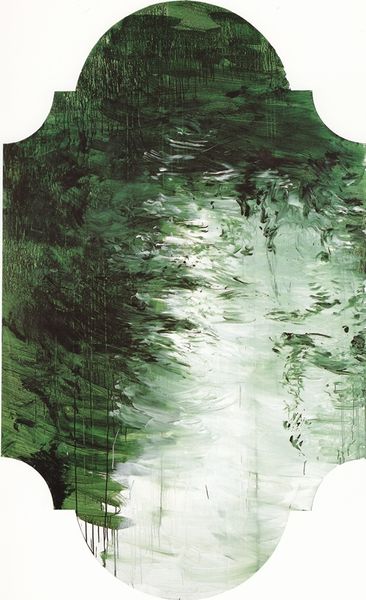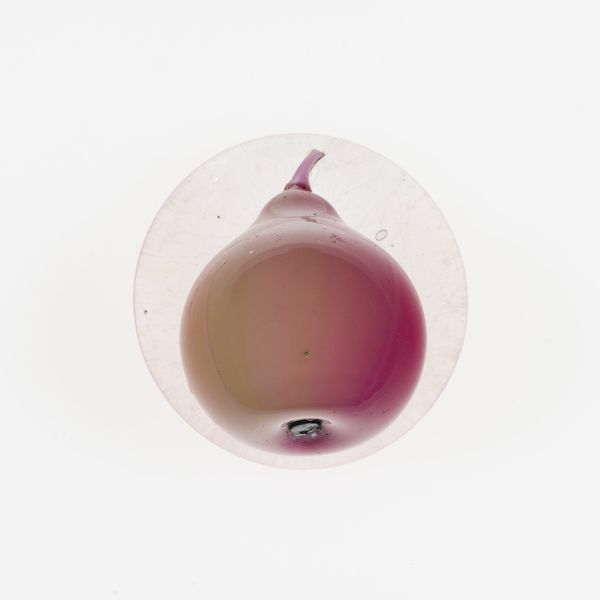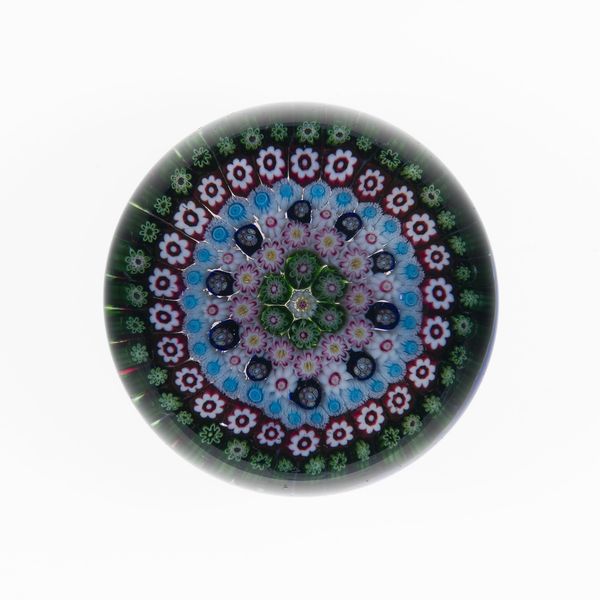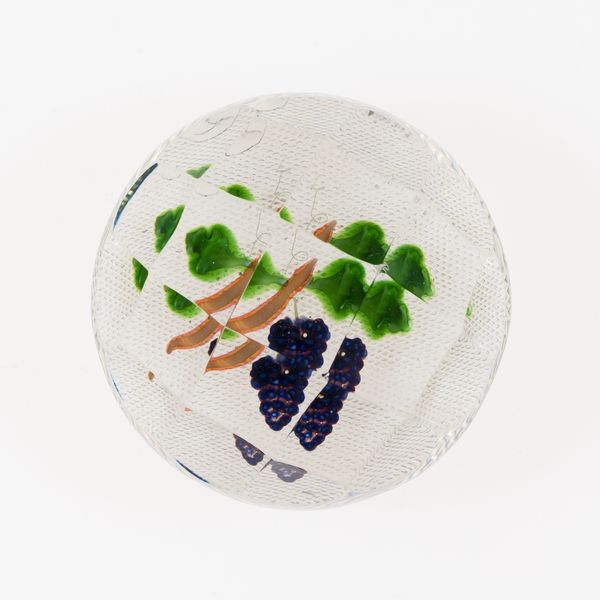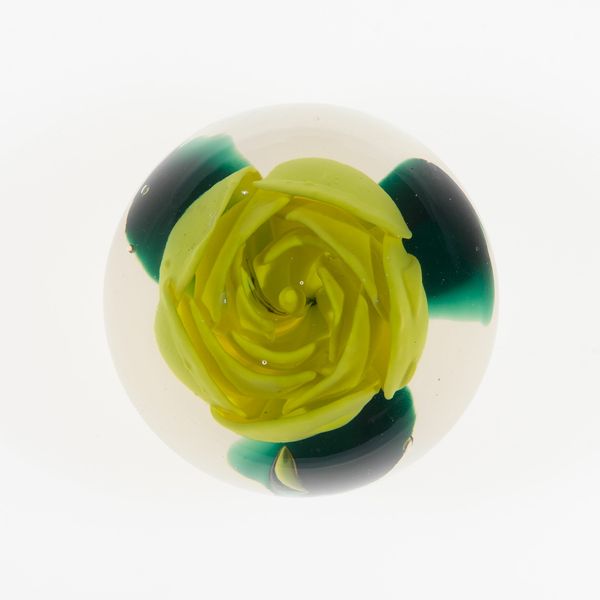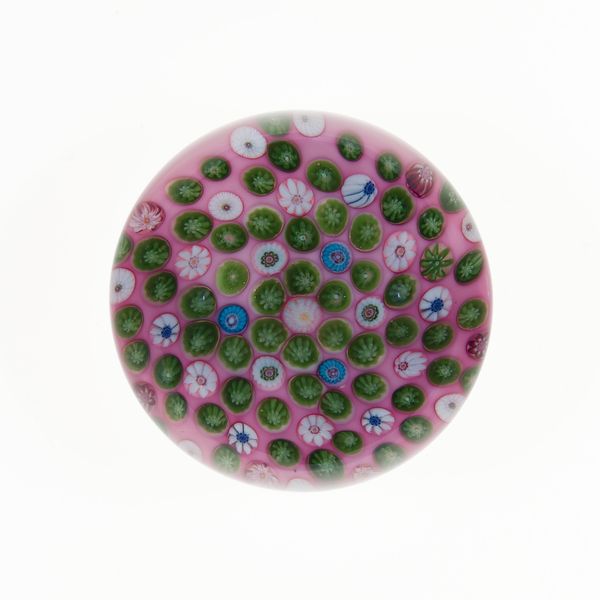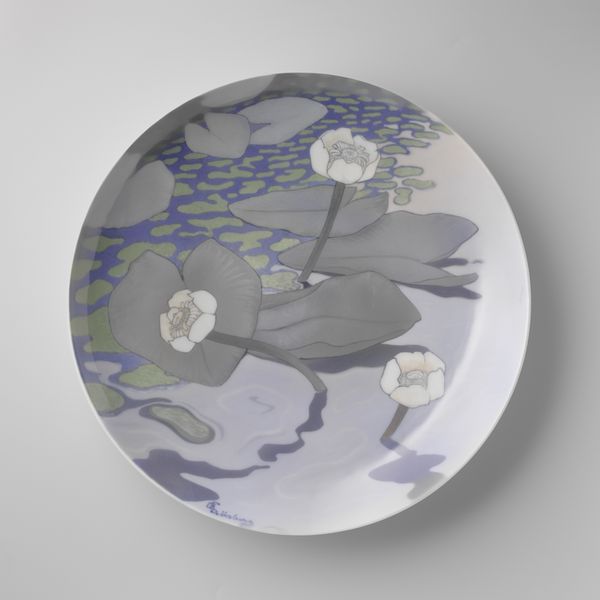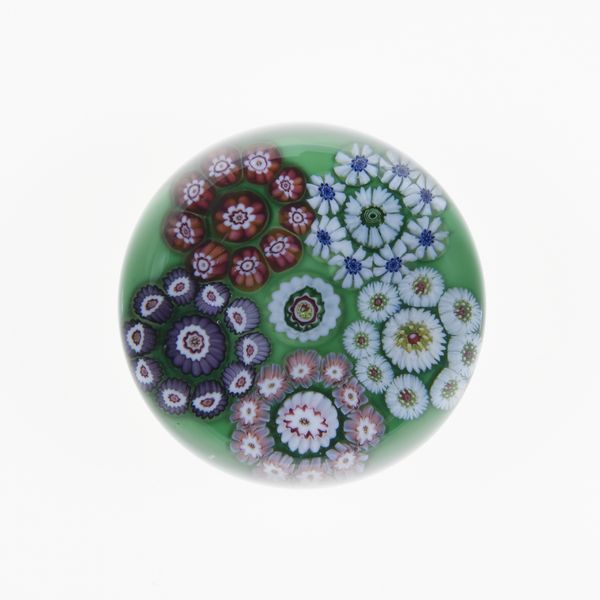
acrylic-paint
#
contemporary
#
acrylic-paint
#
geometric
#
abstraction
#
line
#
monochrome
Copyright: Courtesy of the office of Rashid Al Khalifa
Curator: This artwork is titled "Turquoise Enamel" by Rashid Al Khalifa, created with acrylic paint in a contemporary style characterized by geometric and line elements, embracing abstraction and largely monochrome hues. What are your initial thoughts on this work? Editor: My first impression is quite striking! The piece exudes a sense of serenity, perhaps due to the dominant turquoise. The central circle pulls you in, and there's an interplay of soft textures and hard lines, a captivating juxtaposition that makes me wonder about its socio-political meaning in the current climate. Curator: That's interesting. Al Khalifa's works often challenge conventional notions of geometric abstraction. Let’s consider the monochrome nature further—does it perhaps highlight the complexities inherent in seemingly simple systems, mirroring rigid societal structures? It subtly echoes the power dynamics at play within different cultural contexts. Editor: I see your point. The monochrome aspect can be seen as stripping away layers, presenting an almost clinical dissection of form. The choice of turquoise then takes on an additional meaning—is it an attempt to soothe or perhaps a commentary on ecological concerns, as it's the color of water often affected by pollution? Thinking through a feminist lens, could the geometric abstraction speak to gender roles or power imbalances in his culture, reflecting how society attempts to contain the fluid self? Curator: That is insightful. Thinking about its place in galleries, Rashid Al Khalifa comes from Bahrain, so exhibiting him in Europe introduces conversations on globalized art economies. He is playing with our expectations around line, space and color, opening up a conversation between postcolonial and contemporary perspectives, but ultimately asking who the contemporary art world chooses to recognize and promote. Editor: It's a vibrant conversation starter indeed, encouraging us to reconsider the dynamics between artistic expression, cultural identity, and societal expectations. This reminds us that understanding an artwork deeply involves a transdisciplinary view, integrating history, gender theory, cultural understanding, and current debates. Curator: I agree entirely. Analyzing how museums and the broader socio-political scene shape the narrative is fundamental to understanding any piece of art, including this seemingly simple, visually striking “Turquoise Enamel.”
Comments
No comments
Be the first to comment and join the conversation on the ultimate creative platform.
